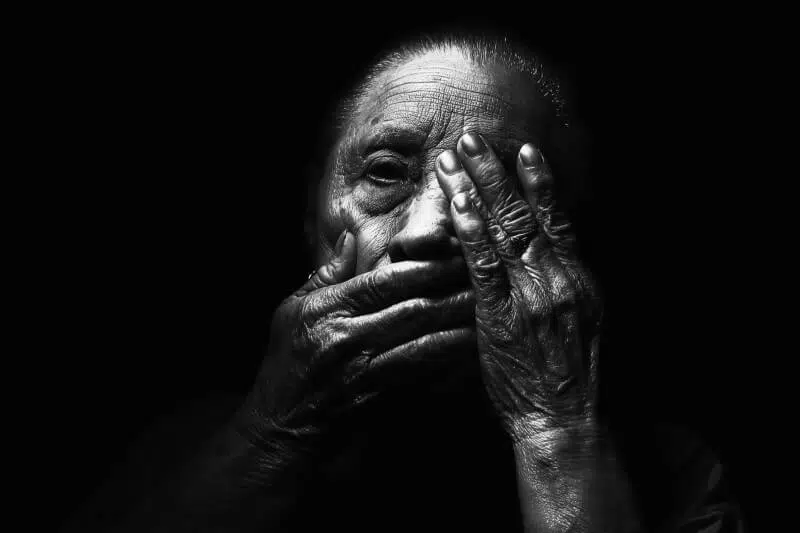Being an effective human rights activist takes more than a commitment to equality and justice. Passion is important, but activism is hard work and requires great organizational and leadership skills. Because real change is often slow to materialize, activism also requires a lot of patience. To sustain their work, activists need an action plan. Here’s how to develop one:
Define your goals
Defining your goals as an activist is an essential first step. Many new activists dive headfirst into various human rights activities (petitions, protests, etc) but they don’t have concrete goals. Strategic planning looks differently based on your group’s size and what area of human rights you’re working in. Meetings should involve at least the group’s leaders. Aim for SMART goals, a strategy (most likely) created by George T. Doran, a business consultant. SMART stands for “specific,” “measurable,” “attainable,” “relevant/realistic,” and “time-oriented.”
Using this framework, you can develop two types of goals: human rights and organizational development goals. Human rights goals encompass the things you want your group to accomplish, such as talking to 100 people about the issue and have them sign a petition. Organizational development goals involve strengthening your group and its ability to meet your goals, i.e. recruit 20 new members in the next year.
Choose the right action
Once you have your goals, it’s time to come up with the actions that allow you to meet them. What specific activities fit with your group’s size and what you hope to accomplish? Let’s consider the goal of talking to 100 people about an issue. For your group, let’s say that issue is about how many kids go hungry during summer when school is out. You could hold a bake sale or another event that revolves around food. This draws people in and makes them a good audience for information about hunger. It’s also a good opportunity to raise money for food banks, summer lunch programs, or other organizations that align with your mission. When considering an action, factor in things like cost, practicality, and accessibility. You want as many community members as possible to feel welcome.
Analyze stakeholders
“Stakeholders” is a term usually associated with business, but it applies to human rights, too. It refers to any individual or group that has an interest in or a potential influence on the issue or action you’re considering. That includes those who are most impacted by the human rights issue or action. In our hunger example, stakeholders include the kids who miss lunch during the summer; their parents; schools that provide lunches during the summer; businesses that donate food; food banks, and more. Stakeholders are always specific to your group’s human rights issue and your location; there’s no universal stakeholder you can stick into your action plan. As you work through your plan, you might identify more stakeholders. Analyze where they fit into the puzzle and how they play a role in your action plan.
Assess the risks
There will always be challenges, so every action plan needs to consider what could go wrong. If you’re holding a protest, counter-protesters might start making people uncomfortable or scared, even violence may erupt. There are many much more severe risks when engaging in activism depending on the country or region you live in. You can learn more about the risks human rights defenders are facing in an online course. Make sure you have a clear understanding of the risks associated with your action before you start going public.
Follow through and evaluate the action
You’ve developed your action plan and strategy. It’s time to follow through. Your group should distribute duties according to schedules and skills, so everyone is participating in a way that ensures the best chance of success. After each action, gather with your group to evaluate how it went. This part of an action plan should never be neglected. It’s the only way to know if your plan is working. Answer questions such as:
- What went well?
- What challenges were there?
- Did everyone feel prepared for the action or do we need to improve training?
- What can we improve on for next time?
- Did we make any new connections?
- Did we recruit any new members?
- What was the biggest thing we learned?
Evaluation means learning from experiences. Everyone involved in the action should participate, so the group can hear from a variety of perspectives on what went well and what didn’t go so well. Someone should take detailed notes, so the information gathered can be used in planning the next action. This flexibility and a willingness to learn are very important for human rights action plans. Situations can change quickly and for a plan to be effective, it needs to be able to change, too.
Take the online course on human rights defenders where you will develop your own action plan during the course.











